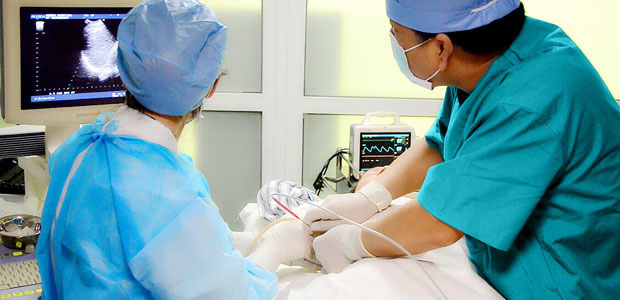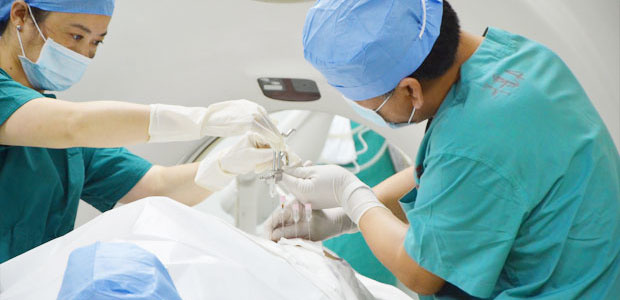According to statistics from the World Health Organization, in 2014, 4858 cases of prostate cancer were newly emerged in the Philippines, with death toll reaching 3128. As one of the most common malignant tumor in men, the incidence and mortality of prostate cancer have been on the rise in recent years. Can prostate cancer be treated? Minimally invasive therapy featuring few side effects, small trauma and quick recovery prevents lung cancer patient from suffering surgery and side effects of chemotherapy and radiotherapy as well as extend their survival time.
Prostate Cancer can be divided into several categories: Adenocarcinoma, ductal adenocarcinoma, urothelial carcinoma, squamous cell carcinoma, adenosquamous carcinoma. Among them, prostate adenocarcinoma accounts for more than 95%. Therefore, prostate cancer usually refers to prostate adenocarcinoma.
Pathologic grade of prostate cancer- Gleason Score
Prostate cancer and early indicator-PSA level
Prostate Cancer Stage I: 90-95%;
Prostate Cancer Stage II: 60-70%;
Prostate Cancer Stage III: 30-40%;
Prostate Cancer Stage IV: 20%.
Prostate Cancer didn’t show any symptom in early stage, 80% of prostate cancer patients are diagnosed in advanced stage and have poor prognosis. Therefore, Early detection is one of crucial factors for prostate cancer treatment.
Traditional Therapies for Prostate Cancer
Surgical Resection: Big trauma and high risk; only suitable for early stage prostate cancer, cause serious damage to adjacent tissues and intestine; complications such as urinary incontinence and impotence, may even lead to infertility,
Radiation and Chemotherapy Kills:Unbearable toxic side effects, such as hair losing, vomiting and hypoimmunity etc. Chemoradiotherapy fails to achieve good efficacy for patient with advanced prostate cancer with high chance of recurrence.
Minimally Invasive Therapy: 2-3mm incision, few side effects, little pain

Interventional therapy: with a 1-2 millimeter incision, anti-cancer drugs are directly given to the tumor, causing fewer side effects and drug concentration is 2-8 times higher than systemic chemotherapy, killing cancer cells more accurately.

Cryotherapy: compared with surgery, cryotherapy is associated with lower risks and less complications. little bleeding and quick recovery; few damage to normal tissues and can be performed repeatedly to prevent recurrence of lung cancer.

Particle Implantation: Implanted particles will keep emitting y-ray within the tumor, targeting to the cancer cells accurately; the radiation of seeds to tumor last for 180 days, high accuracy, millimeter minimally invasive; few toxic side effects and complications.

Nanoknife: High voltage pulses released from electrode probes, resulting in multiple permanent nano-meters Irreversible Electroporation, breaking through cancer cells, accurately destroys cancer cells, protects blood vessels and nerves around the lesion, enhances the body's immune mechanism, rapidly metabolizes dead cancer cells and prevents recurrence.

TCM & Western Medicine: Combination of traditional Chinese medicine and minimally invasive techniques can not only kill the cancer cells effectively, but also reduce toxic side effects, lower the rate of cancer recurrence, and greatly improve survival rate.
To know more about new technology for treating Prostate Cancer
The Multidisciplinary Team (MDT) of St. Stamford Modern Cancer Hospital Guangzhou will make therapeutic plan for Lung Cancer patients based on their conditions.
• JCI International Medical Quality
Home Care for Prostate Cancer Patients
Attention to the Diet after Prostate Cancer Surgery
 viber
viber